Overview Of Estate
Chateau Pas De Loup is a 120 hectare estate is located in France’s Loire Valley bordering the forests of Fontevraud. Translated into English, Pas de Loup means “Way of the Wolf” so named after the packs of wolfs that once roamed the surrounding forests.
The Chateau sits in its own valley at the base of which is its own spring, the Souce de St Radagone. It is in caves located behind the spring that she is alleged to have taken refuge in AD 680, when she escaped from her husband King Clotaire, prior to founding the Abby at Poitiers. St Radigone is the only Queen of France to have been made a Saint.
Having been through many incarnations, today the Chateau is a family home with stables, a chapel and pigeonaire located in extensive parkland, with lakes and ponds and a mixed use farm, comprising 25 hectares of vines, (2ha Sauvignon, 4ha Chardonnay, 8ha Chenin, 11ha Cabernet Franc) 50 hectares of cereals, 4 hectares of black truffles and 50 hectares of parkland and ancient oak woodland teeming with partridge, wild boar and deer.

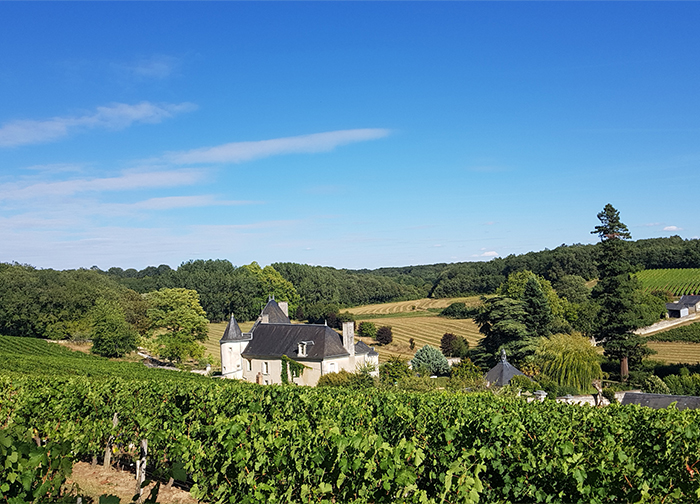
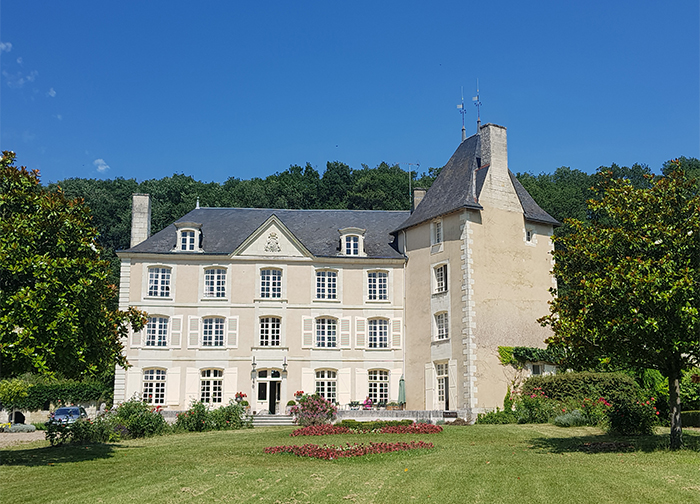
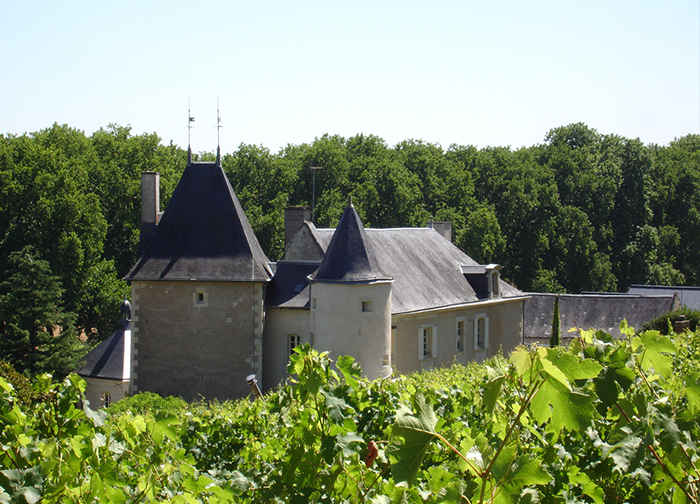

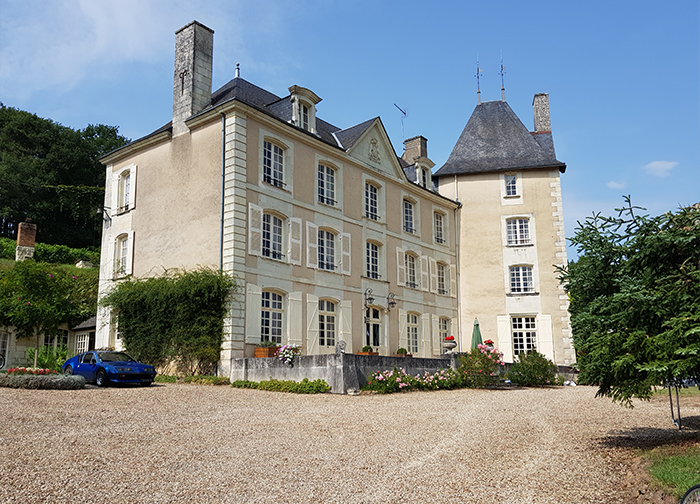


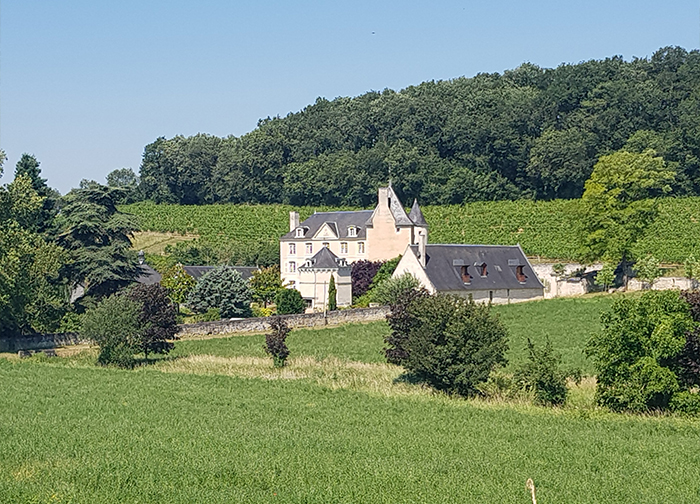
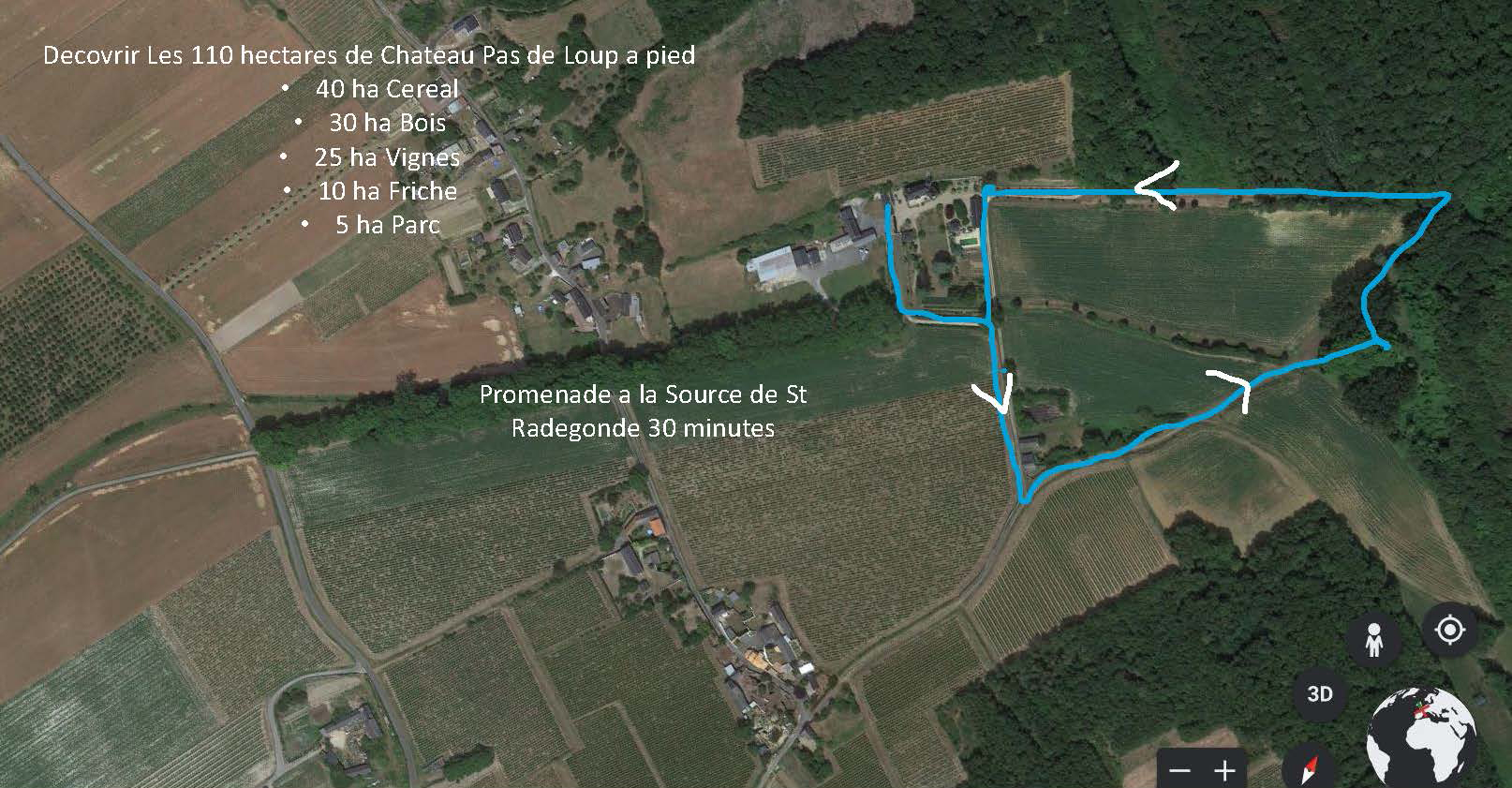
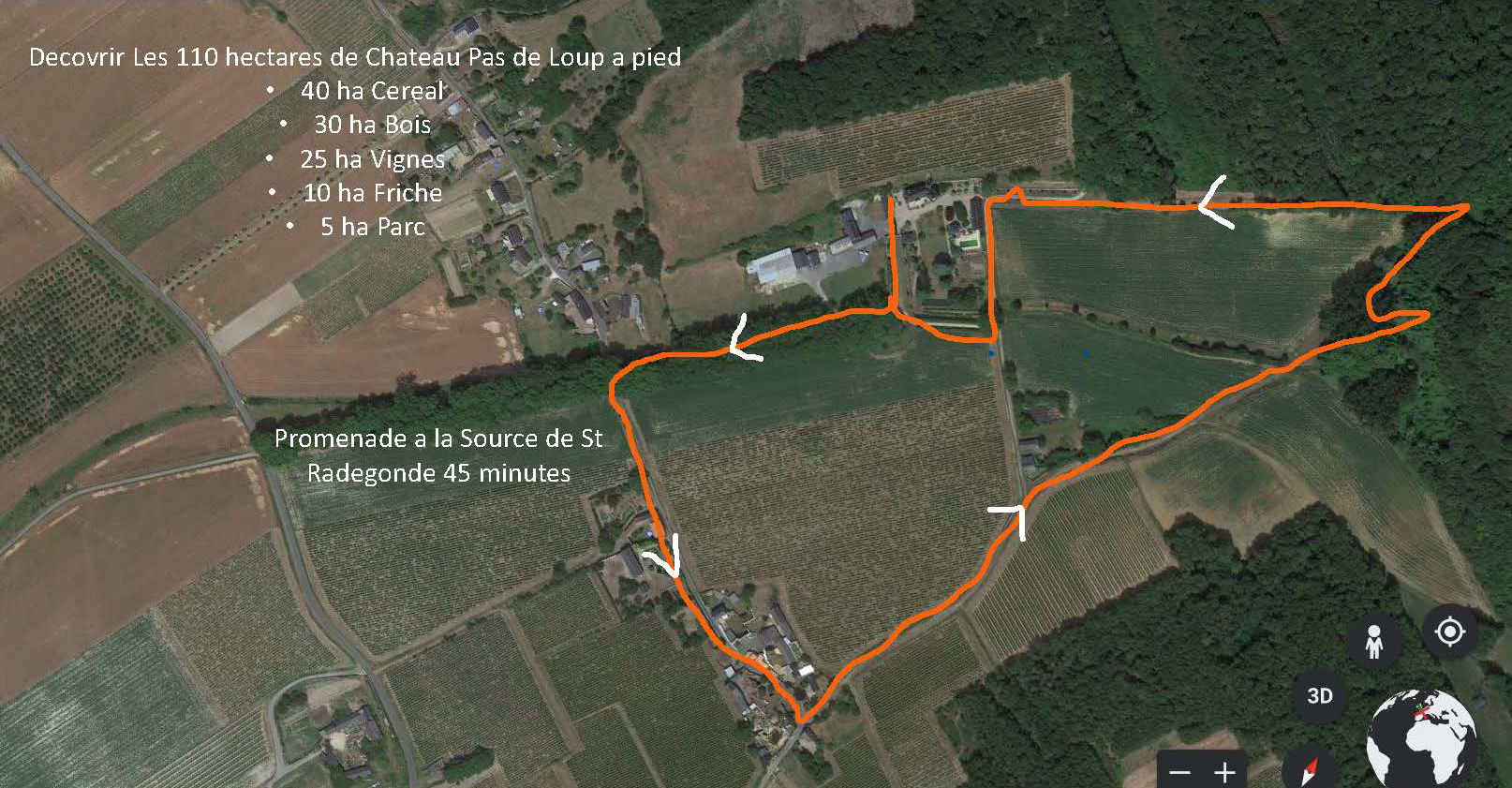
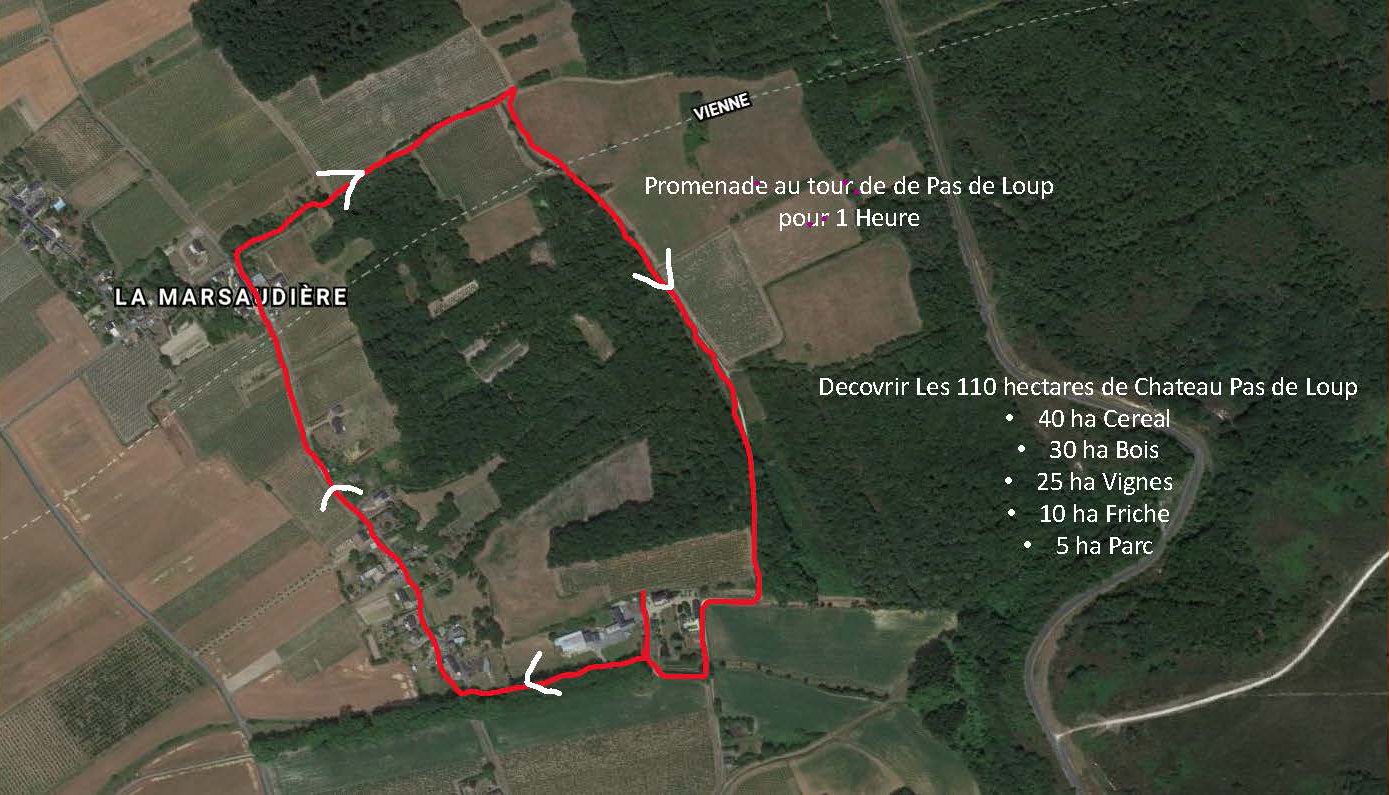

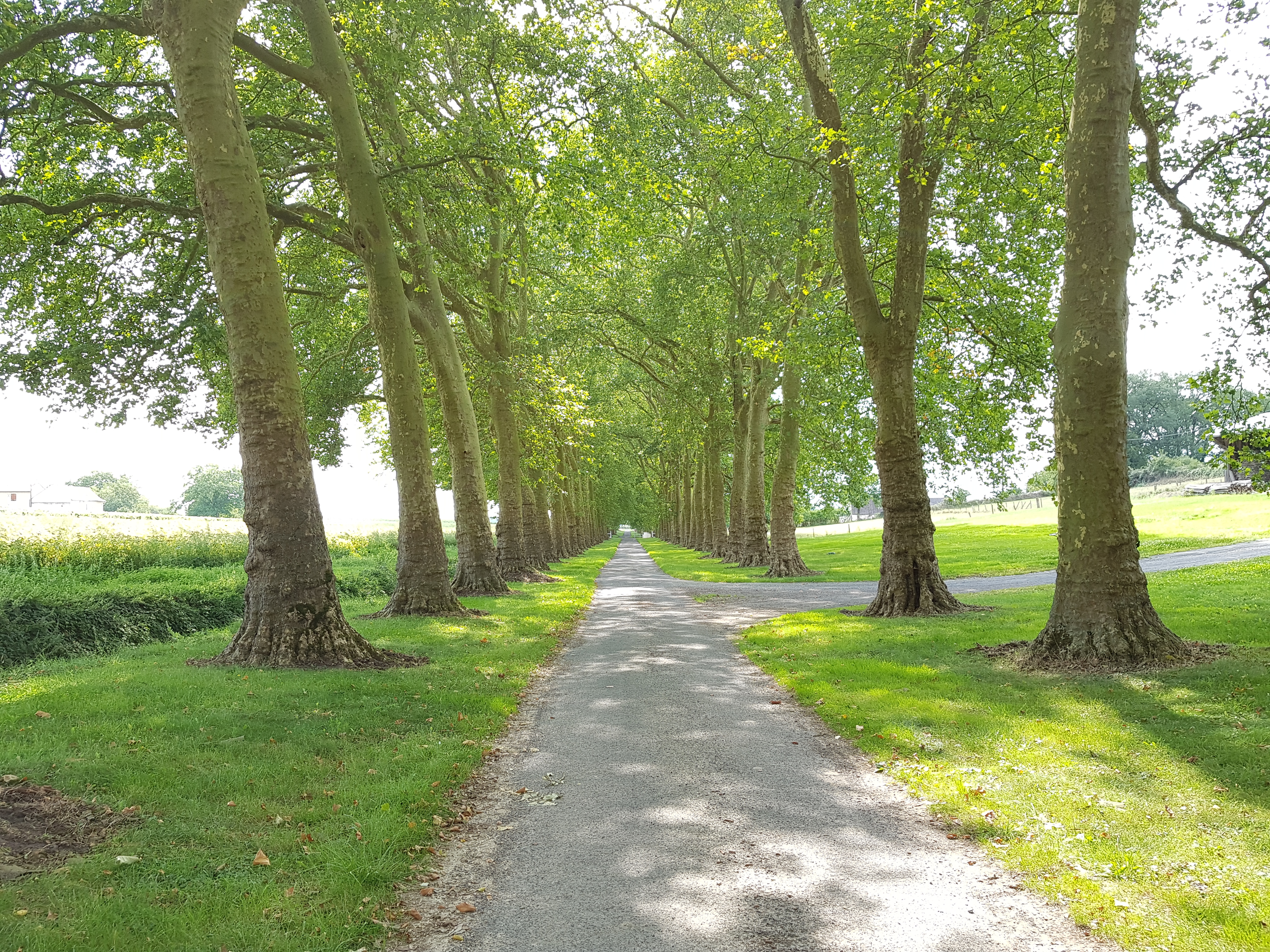
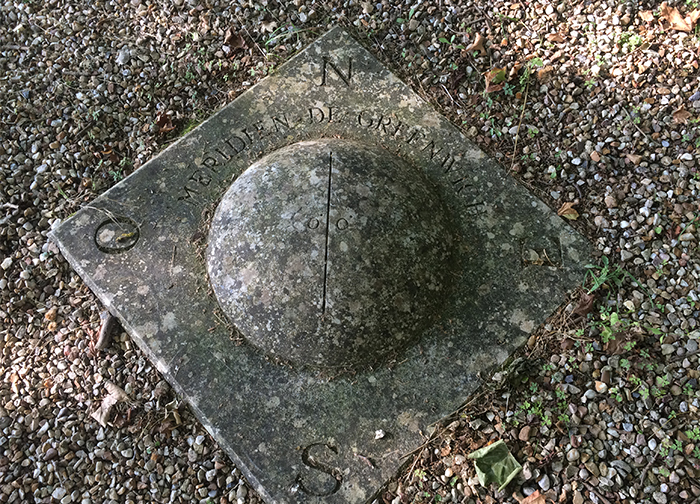
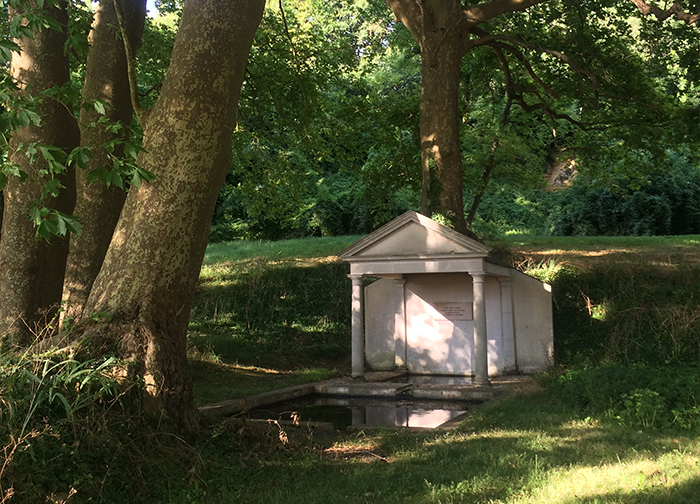
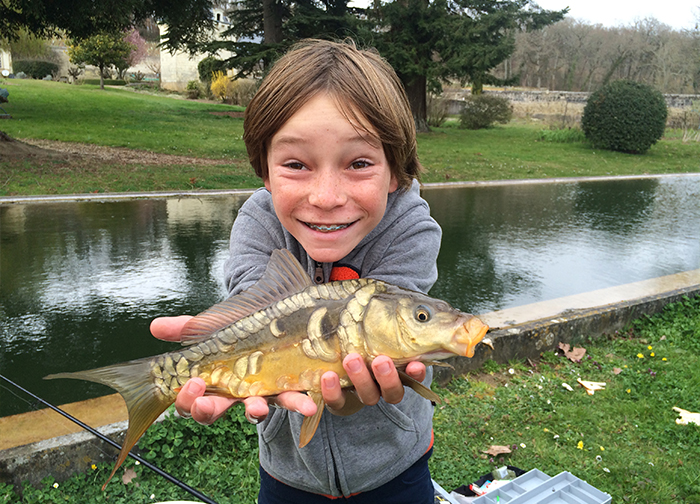
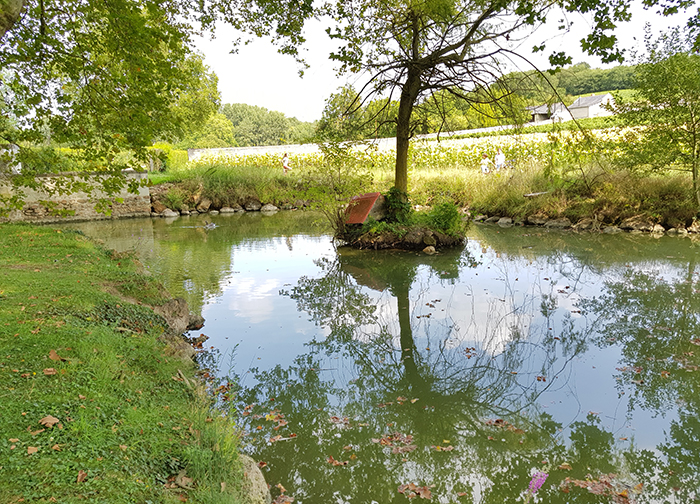
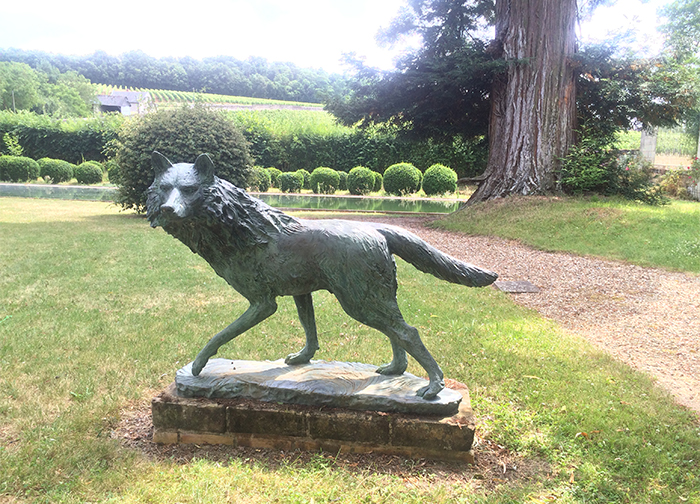
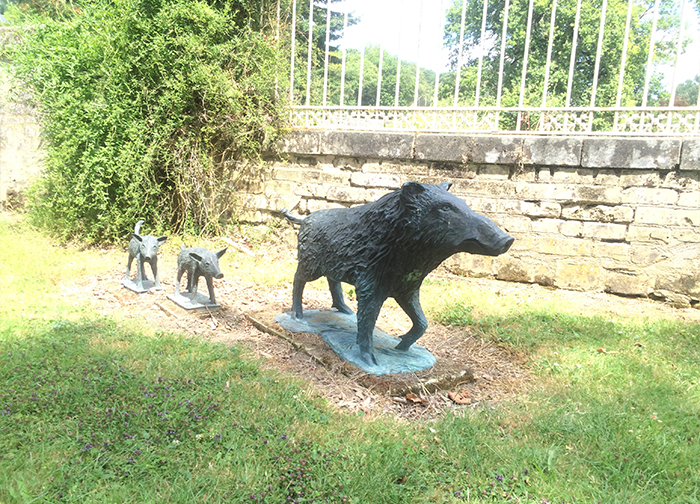
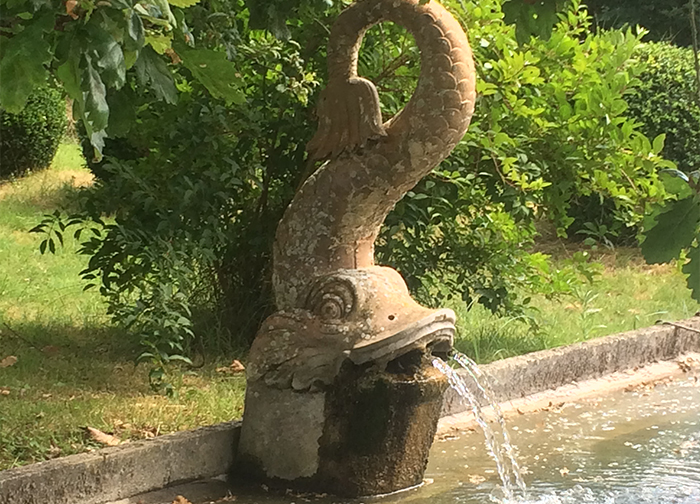
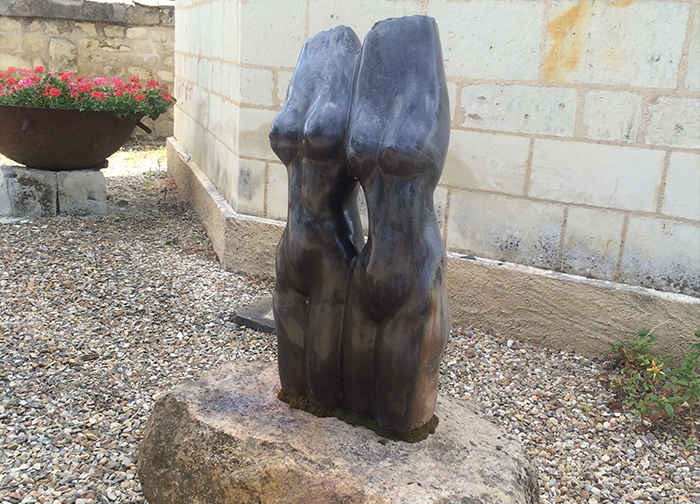
 © . All rights reserved |
© . All rights reserved |